I am not 100% with anything, sometimes I try to be and go through periods where I keep gluten, sugar, alcohol, meat, cheese and coffee out of my system… I end up feeling quite alone and isolated in a world that not only consumes these things regularly, but builds social gatherings around them. Still the longer I am gluten free and the more I learn about the subject, the more I am driven to stick to it. Keep in mind: one man’s food is another man’s poison. I am not trying to convince anyone out there to change his/her diet when there’s no need. It’s just that when looking at the history of grain, especially wheat, we see some major changes (scary ones!) to what was the healthy and nutritious substance our ancestors ate for 10,000 years.
These changes began in the 1870’s when the modern steel roller revolutionized the milling process and replaced the traditional stone rolling methods. The product was a fine, white flour that was efficiently produced at a low cost and could stay on the shelf for months without going bad. But of course this meant taking out most of the good things- in the steel rolling process the wheat kernel is eliminated, the most nutritious part of the grain. During the ‘Green Revolution’ led by Norman Borlaug, hybridized seeds, synthetic fertilizers and pesticides were introduced to farmers leading to high yield, disease resistant strains of grains. Borlaug was awarded the Nobel Peace Prize for his technological advancements in agriculture and credited for saving over a billion lives from starvation. Of course, saving lives from starvation is AMAZING; unfortunately companies like Monsanto have adapted these advancements in agriculture leaving us with a grain that does little for our health and a wide body of evidence linking pesticides with all kinds of illness and disease like cancers, diabetes, neurodegenerative disorders, Alzheimer, and ALS.
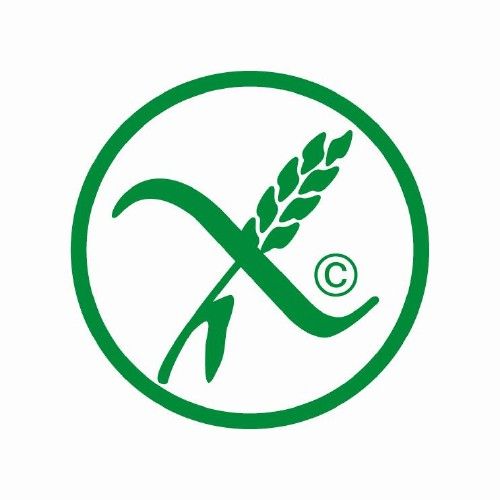
Whoa!
Enough scientific history, I’m trying to sum up a huge, complex issue in a couple of sentences to give you some background. Here’s the deal- we all should be concerned with what we’re eating. But sometimes it’s really hard to even know what we’re eating. Food production companies are trying to make money, not make everybody healthy. Let’s get back to gluten. What is it exactly? Gluten is a mixture of proteins (gliadin and glutenin) found in wheat and related grains, including barley and rye. It’s what gives bread and all those lovely doughy products it’s chewiness. Trust me, I love cakes and cookies just as much as everyone, or even more so. But the problem is, gluten just ain’t good for us. If it were the gluten that was in the grain way back in the day when the grain was healthy, that would be another story. But this is impossible. So here’s the thing- a lot of people (a LOT) have gluten sensitivity. This means our gut becomes inflamed when we ingest normal breads, pastas, etc. This can lead to fatigue, body aches, bloating of course, and many other symptoms AND, a lot of people have no idea that they feel this way. In general, a lot of people are walking around quite clouded in the head, not feeling so connected with their bodies. Our gut-brain connection is serious!!!! When our guts are not happy it’s causing all kinds of problems. Autoimmune disease, depression, joint pain, mood swings… (Anyone out there with thyroid problems stop eating gluten now!! http://chriskresser.com/the-gluten-thyroid-connection/)
So let’s get to the positive- there ARE other grains that are nutritious, tasty and gluten free. Buckwheat, millet, amaranth, rice, corn, quinoa, sorghum, teff are some examples. Gluten free oats are also available (they are naturally gluten free but usually milled with other gluten containing grains). While you may need to skip out on most cookies and cake, chocolate is still totally fine, and my favorite go to sweet is marzipan (covered in chocolate of course). I am working on gluten free baking, trying to get that chewiness. I find locust bean gum (from Carob trees) is a good binding agent. The photo above is from my first gluten free Christmas Stollen that even gluten eaters enjoyed. I’ve included a great, power packed sweet snack recipe you’ll find below.
Going gluten free is NOT easy- the first few days you will feel like you are having drug withdrawal symptoms. Our bodies are addicted (gluten peptides bond with opiate receptors in the brain!). After you get through this horrible time, you will feel amazing, have tons of energy and a clear mind. And like I said, I’m not 100% (although for the first few months it’s a good idea) Now I indulge maybe once a month and usually I know right afterwards that my gluten free decision is a good one. Wishing everyone out there a wonderful new year full of health and happiness!!
Peanut Butter Chocolate Oat Bars
(gluten free, vegan, sugar free)
Dates about 1 cup
Nuts(I usually do walnuts or almonds but your favorite will do) 1 cup
Gluten free oats 1.5 cup
Shredded coconut .5 cup
One banana mashed
Dark Chocolate 1/3 cup
Chia seeds 1/4 cup
Flax seeds 1/4 cup
Peanut butter 1/2 cup
Coconut oil melted 1/4 cup
Cocoa butter melted 1/4 cup
Agave or maple syrup 1/8 cup
Dash of vanilla
Chop the dates and nuts. If you have a food processor that makes it a lot easier, but still keep them in chunks. I find putting my dates in the Vitamix with the shredded coconut is a good way to keep it from going to a paste. Throw in the coconut, chocolate (chopped), chia and flax seeds and mix well. Stir in peanut butter and vanilla. Melt the coconut oil (if it’s cold) and cocoa butter and stir in as well as the maple syrup/agave and banana. The more I make the bars the less sweetener I want to add because all the ingredients taste so good. Grease a Tupperware or glass dish with coconut oil and add the mix. Cut the bars into squares and stick them in the fridge. I make the amounts a bit different each time, it’s fun to experiment and get a different taste; but, this combination always comes out super tasty!
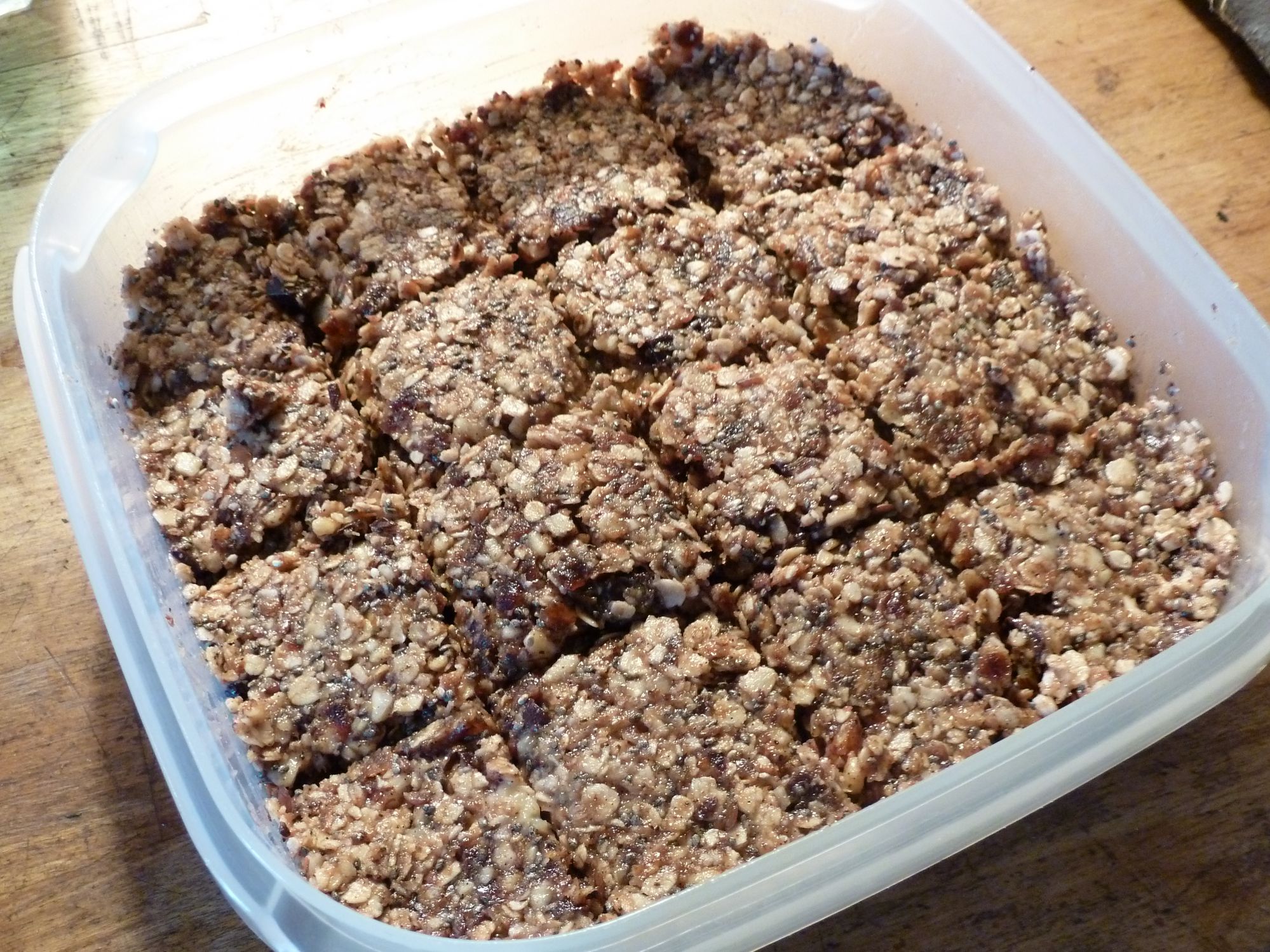
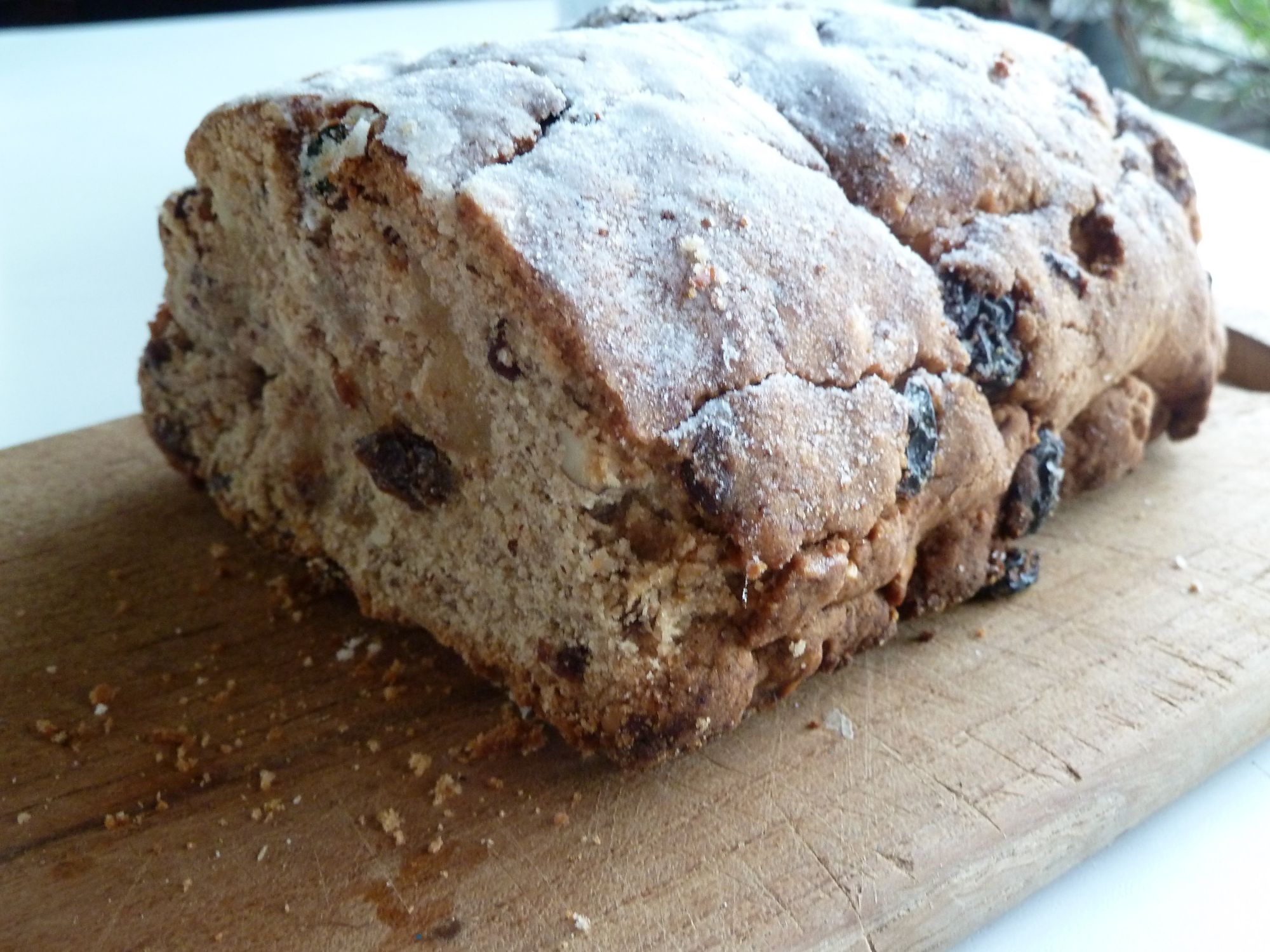
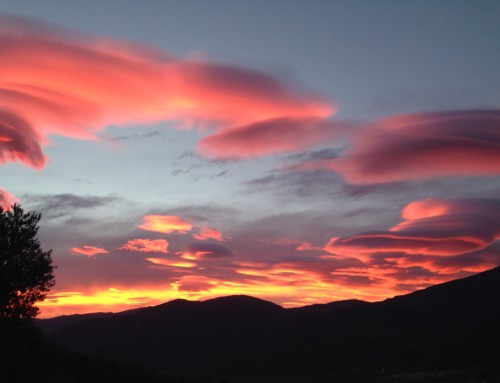
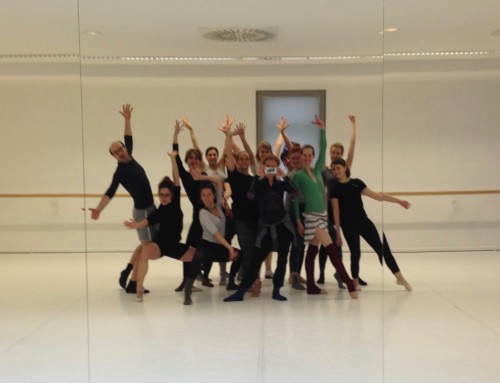

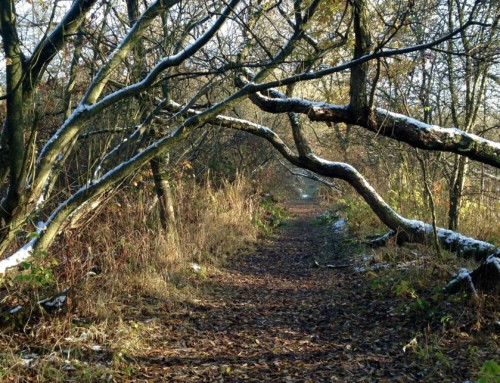
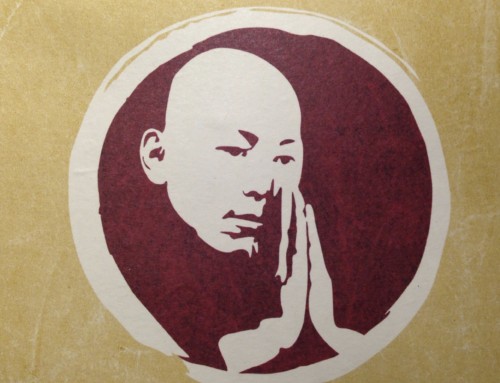
Leave A Comment